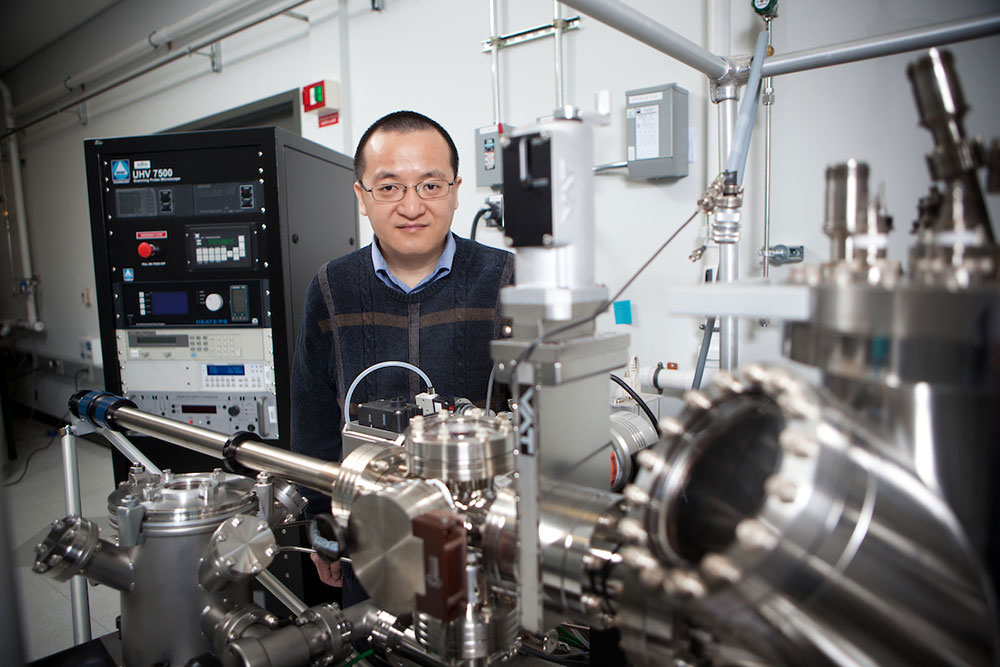Jonathan Cohen
Guangwen Zhou, a SUNY distinguished professor at the Thomas J. Watson College of Engineering and Applied Science and deputy director of Binghamton University's Materials Science and Engineering program, is co-author on a new study in Nature that could lead to greener and faster metal production.
Most metals found in nature are actually in their oxide forms. To extract those metals to use in critical applications—ranging from infrastructure such as bridges and buildings to advanced technologies like airplanes, semiconductors, or even quantum materials—those oxides must be reduced with gases. A new study illuminating how different gases can affect oxide reduction could revamp scientific understandings and current industrial practices.
|
ADVERTISEMENT |
Hydrogen or carbon monoxide is typically used as a reductant, presumed to get the job done similarly enough. This research highlights, for the first time, distinct variations between the two that affect the critical chemical reactions fueling metal production.
Published in Nature, a leading scientific journal, the new paper was a collaboration between Binghamton University and Brookhaven National Laboratory, as well as Stony Brook University and Columbia University.
…

Add new comment